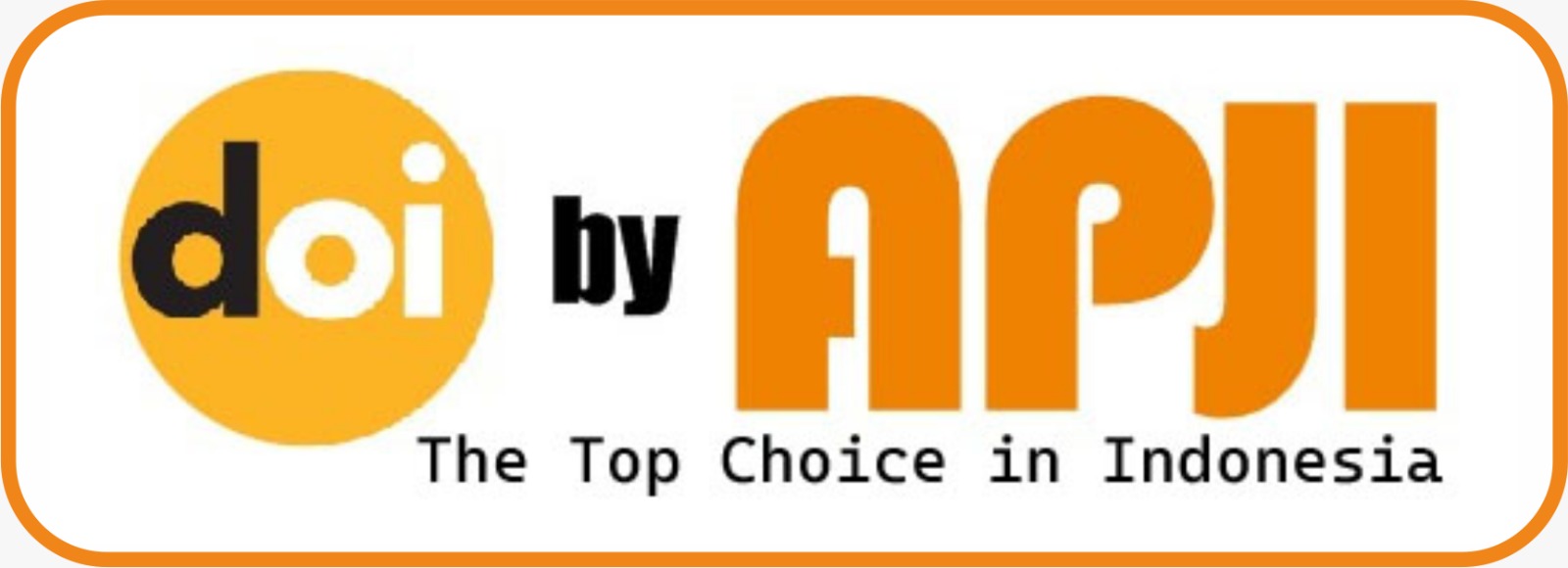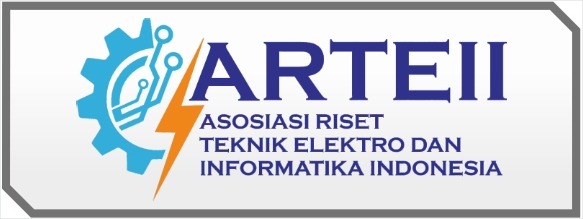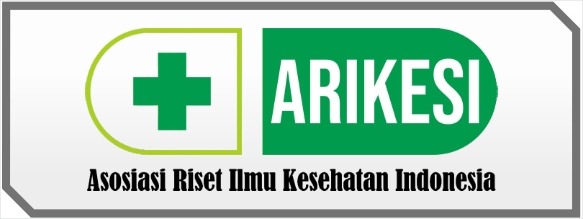Smart Sensors and Intelligent Analysis: A Literature Review on More Effective Early Warning Systems with IoT and Machine Learning
DOI:
https://doi.org/10.69930/jsi.v1i4.182Keywords:
IoT, LoRaWAN, censor, Real-Time, Platform IoTAbstract
The IoT system described in the article "LoRaWAN-Based IoT System Implementation for Long-Range Outdoor Air Quality Monitoring" monitors air quality in real-time and transmits data through a LoRaWAN network to a public IoT platform. It measures seven key air quality parameters: nitrogen dioxide (NO₂), sulfur dioxide (SO₂), carbon dioxide (CO₂), carbon monoxide (CO), PM2.5, temperature, and humidity. These parameters were chosen for their significant effects on air quality and human health. NO₂ and SO₂ come from fossil fuel combustion and can cause respiratory issues and acid rain. CO₂ contributes to climate change, while CO is toxic and harmful to health. PM2.5 particles can lead to respiratory and cardiovascular problems. The system uses sensors connected to an Arduino microcontroller to collect data, which is transmitted through a LoRa Shield to a LoRaWAN gateway. Data is then sent to The Things Network (TTN), integrated with ThingSpeak, and displayed on a web dashboard. Additionally, it is synchronized with the Virtuino smartphone app for mobile monitoring. The system has been validated by comparing its data to Aeroqual air quality monitors, demonstrating reliable real-time monitoring and transmission of air quality information over the internet.






















